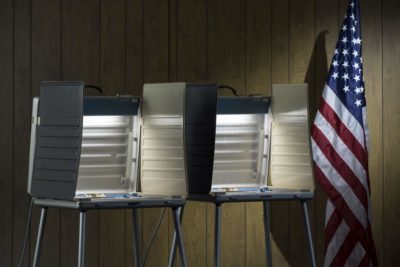For a quick preview of each candidate and how each office fits into our world of education, go here.
The Candidates
Governor’s race
Pat McCrory
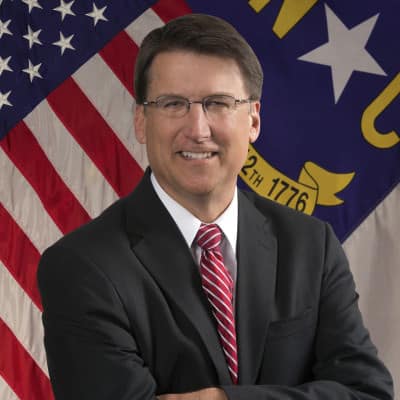

Here is his campaign website, Facebook page, YouTube channel, or you can tweet at him @PatMcCroryNC.
The N.C. chapter of the National Federation of Independent Business and three police organizations — the N.C. Troopers Association, the N.C. Fraternal Order of Police, and the Police Benevolent Association — have endorsed McCrory.
Heading his campaign is Russell Peck, who worked with McCrory on his 2012 campaign as well. Peck runs a media and advertising company in Raleigh and has worked with several candidates at the statewide and national level.
Roy Cooper
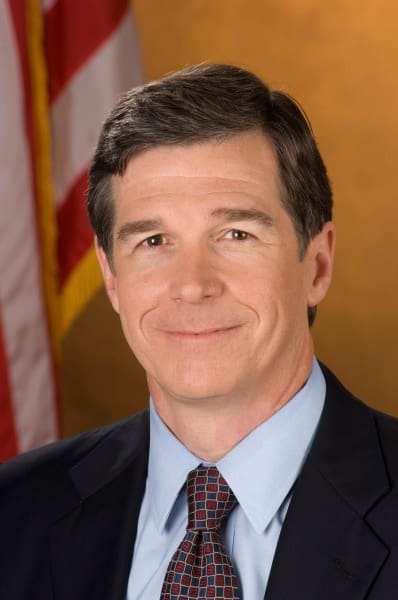

Attorney General Roy Cooper (D) — who has served as attorney general since 2000 — is running against McCrory in a long-anticipated shot at the governor’s office.
Here is his campaign website, Facebook page, YouTube channel, or you can tweet at him @RoyCooperNC.
Cooper has been endorsed by the North Carolina Association of Educators, and, recently, the National Organization of Police Organizations.
Cooper hired Trey Nix as his campaign manager back in 2015. Nix headed the successful re-election campaign of U.S. Senator Mark Warner (D-Virginia).
Lieutenant Governor’s Race
Dan Forest
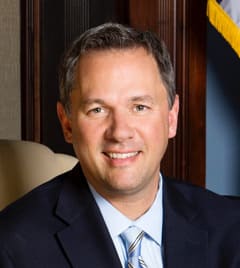

Dan Forest (R) is running for his second term in an office that places him as the head of the Senate and a member of the State Board of Education and the N.C. Community College Board.
Here is his campaign website, Facebook page, YouTube channel, or you can tweet at him @DanForestNC.
Forest’s campaign manager, who is also his chief of staff, is Hal Weatherman. He previously served as chief of staff to U.S. Rep. Sue Myrick (R-North Carolina), who is Forest’s mother.
Linda Coleman
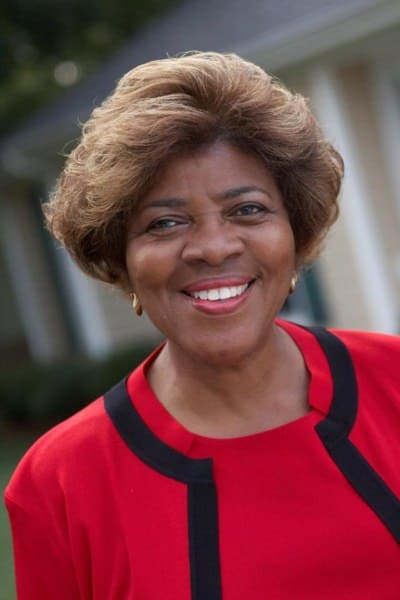

Linda Coleman, former director of the Office of State Personnel under Gov. Bev Perdue and previous N.C. House member, is running for lieutenant governor after losing by only a .2 percent margin to Forest in 2012.
Here is her campaign website, Facebook page, YouTube channel, or you can tweet at her @LindaForNC.
State Superintendent’s Race
June Atkinson
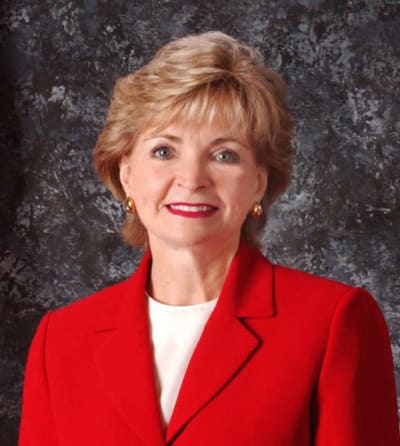

June Atkinson (D) is running for her fourth term as Superintendent of Public Instruction.
Here is her website, Facebook page, YouTube channel, blog, or you can tweet at her @DrJuneAtkinson.
Mark Johnson
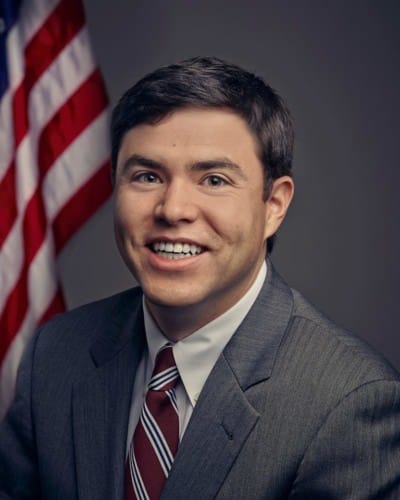

Mark Johnson is running for his first state-level elected office position. A former Charlotte teacher, he has positioned himself as a passionate education advocate who knows how policy plays out in the classroom.
Here is his campaign website, Facebook page, and YouTube channel, or you can tweet at him @VoteMarkJohnson.
Each week, Johnson’s campaign has started to share bits of his views on the current state of education and his platform for the future using the Twitter hashtags #truthTuesday and #thoughtThursday.
The Polls
The gubernatorial race is one of the closest in the country as reflected by the polls over the last few months. On June 29, the conservative Civitas Institute released a poll showing McCrory up by five percentage points — 45 to 40 percent — with three percent going to Libertarian Lon Cecil. The same report found that 51 percent of North Carolinians surveyed had a favorable opinion of McCrory, while only 32 percent had a favorable view of Cooper. The Institute added that McCrory’s public approval, despite a drop surrounding House Bill 2, continued to rise.
At the beginning of August, the left-leaning Public Policy Polling showed Cooper up, but by just one percentage point — 43 to 42 percent — with four percent for Cecil. The August 10 poll told a different narrative regarding the bathroom bill. It reported that HB2 was still an issue for the governor, and that 43 percent of participants said the law made them less likely to vote for him, compared to 31 percent who said the law made them more likely to support him. For McCrory’s overall approval rating, according to the poll, 43 percent approved while 47 percent did not.
Civitas released another poll on August 19, finding McCrory with an even bigger 43 to 35 percent lead over Cooper.
Three national sources released polls this month finding Cooper leading over McCrory. NBC, The Wall Street Journal, and Marits showed Cooper up seven points — 51 to 44 percent — on August 12. On August 24, Monmouth University’s poll had Cooper with a nine-point lead, 52 to 43 percent. Released the same day, a poll by CNN and ORC International showed Cooper up by six points, 52 to 46 percent.
The lieutenant governor’s race has been even tighter. In 2012, Forest beat Coleman by 6,858 votes. It seems the 2016 rematch between the two candidates will be another close call. Back in May, the Civitas Institute showed incumbent Forest and challenger Coleman tied at 36 percent, with Libertarian J. J. Summerel grabbing three percent.
The left-leaning Public Policy Polling still showed Forest and Coleman tied on June 24 — both with 37 percent. Summerel got 4 percent, and 22 percent of participants were undecided. Again, on August 10, Public Policy Polling results showed a tied race. Both Forest and Coleman stayed at 37 percent, with Summerel at five percent and 20 percent undecided.
No polling has been done since the primaries for the Superintendent of Public Instruction’s race. WRAL News conducted a poll that found 66 percent of surveyed voters believe K-12 education in public schools is not adequately funded and that 51 percent said teacher salaries should be increased by up to 10 percent.
The Issues
We want you to know what the candidates think about the most important education issues. EdNC will be talking to the candidates and also analyzing the candidate’s positions on the issues. Our coverage of the issues will include the teacher pipeline, school choice, poverty, education funding and spending, the school performance grades, and how we should measure the success of our students, teachers, and schools. We want to hear what the candidates have to say about the future of education across North Carolina in the 21st century.
Teacher pipeline
North Carolina has about 100,000 teachers in North Carolina. About 15 percent of them leave the profession annually. That percentage is higher in rural areas like in Edgecombe County, where 24 percent of teachers leave each year. The state, every year, needs about 11,000 new teachers. However, enrollment in teacher education programs across the state dropped 27.6 percent from 2010 to 2014. The question is how do we fill the gap?
And once that gap is filled, how do districts and schools retain quality superintendents, principals, and teachers? This question is one linked to teacher salary — which was raised by an average 4.7 percent under the General Assembly’s most recent budget. According to the 2016-17 state budget, the average teacher salary is expected to rise to over $50,000 this fiscal year.
School choice
Where are North Carolina’s children being educated? There are traditional public schools, charter schools, private schools, and home schools. Some say more options are better, giving parents the freedom to choose their child’s educational environment and promoting competition for the system overall.
On the other hand, some say traditional public schools are being cut short as more options are created, leading to less attention and funds for the traditional system.
Poverty
How can our schools educate children in poverty well? More information is available today about educating children with adverse childhood experiences (or ACEs), about trauma sensitive learning and supportive learning environments. Now, North Carolina must figure out how to get those best practices into schools.
Funding
In 2016-17, the state appropriated $8.7 billion dollars to fund K-12 education. Is it enough? Is the money being spent well? How do federal and local dollars impact whether children statewide are receiving a sound, basic education as required by the state constitution?
School performance grades
In North Carolina, schools are graded on an A-F scale. The most recent performance grades are set to be released at the September 1 State Board of Education meeting. Much debate surrounds this system, and the formula used to calculate each school’s grade. Currently, schools are graded on a 15-point score, and the grades are based on a school’s achievement score (80 percent) and its students’ academic growth (20 percent). This map allows you to see how the grades change using different formulas.
EdNC expects the formula and the overall effectiveness of the system to continue to be a big discussion point among policymakers and stakeholders.
Measures of success
Many say the current testing system is overbearing for both students and teachers and doesn’t help provide feedback that can be used immediately to shape instruction. When talking with Atkinson and Johnson, they both said they want to rethink the testing model. North Carolina is piloting a new testing model.
The question is should North Carolina have a more holistic way of measuring the success of students, teachers, and schools?
The Voters
North Carolina is an increasingly diverse state, both ideologically and demographically. Voters’ beliefs, backgrounds, socioeconomic statuses, and partisanship — among other factors — all influence their political choices.
According to the State Board of Elections website’s voter statistics, on August 20 there were about 2.6 million registered Democrats, about 2 million registered Republicans, about 1.9 million unaffiliated voters, and about 28,000 Libertarian voters. That makes the electorate about 40 percent Democratic, 30 percent Republican, 29 percent unaffiliated, and less than 1 percent Libertarian.
In 2012, according to CNN’s exit polls, 96 percent of the Republican voters, who then made up 33 percent of the N.C. electorate, went with their party identification for McCrory. However, only 83 percent of Democratic voters, who then made up 38 percent of the state’s voters, chose Democrat Walter Dalton. Among independents, who constituted 28 percent of the electorate, 62 percent went red for McCrory and 34 percent went blue for Dalton.
According to the same State Board of Elections data, North Carolina voters are 70 percent white, 22 percent black, two percent Hispanic, less than one percent American Indian, and about six percent identified as another race. In 2012, according to CNN exit polls, 70 percent of white voters voted for McCrory and 85 percent of black voters voted for Dalton. Hispanic voters were more split — 52 percent voted for Dalton and 46 percent for McCrory.
There are more female N.C. voters — about 3.5 million — than males — about 3 million. According to CNN exit polls, 54 percent of women — who then made up 55 percent of voters — voted for McCrory, while 45 percent voted for Dalton in 2012. Fifty-eight percent of men — who then made up 45 percent of voters — chose McCrory, while 40 percent went with Dalton.
The Money
Since 2015, Cooper’s camp has been winning the fundraising battle. According to campaign finance reports posted on the State Board of Elections website, his campaign raised about $5.1 million in the second quarter, bringing his total to $12.7 million. That’s an unprecedented amount for a gubernatorial candidate at that point in the race, according to his campaign. McCrory raised $3.2 million in the second quarter, for an election total of $8.7 million. At the beginning of July, Cooper had $9.4 million cash on hand while McCrory had $6.3 million.
The biggest chunk of funds comes from individual contributions for both candidates. Ninety-five percent of Cooper’s total funds are from individuals, and 89 percent of McCrory’s funds are from individuals. Political party committees brought in less than one percent for both campaigns — about $4,600 for Cooper and about $55,800 for McCrory. Other political committees, like PACs, made up about two percent of Cooper’s total amount raised — bringing in about $207,000 — and about five percent of McCrory’s sum — contributing about $434,000.
In the race for the lieutenant governor’s office, Forest is beating Coleman when it comes to money. In the second quarter recorded by the State Board of Elections, ending June 30, Forest raised about $364,000 while Coleman raised about $226,000. Coleman raised almost half of her funds in that quarter. That brings Forest’s total for this election season to roughly $1.4 million, while Coleman’s total amounts to about $482,000.
About $1.2 million of Forest’s money and $403,000 of Coleman’s funds came from contributions from individuals. Forest has received $3,000 from political party committees and about $94,000 from other political committees. Coleman has raked in about $900 from political party committees and about $16,000 from other political committees.
Johnson, who is challenging Atkinson for the state superintendent office, has raised over two times more than Atkinson so far. Johnson’s total, after the second quarter reported to the State Board of Elections, comes to about $209,000, while Atkinson has raised about $87,000. However, Atkinson’s fundraising sped up in the second quarter. From March to the end of June, Atkinson raised about $29,000 while Johnson raised about $16,000.
Like the other two races, the biggest portion of funds comes from individual contributions to the candidates’ campaigns. Atkinson has received about $67,000 and Johnson about $101,000 in individual contributions. Political party committees contributed only $100 to Atkinson’s campaign and $500 to Johnson’s. Other political committees gave about $13,000 to Atkinson and about $105,000 to Johnson.
The next recorded quarter runs from July 1 to October 22 and must be released by October 31 on the State Board of Elections website. Click here to search for any of the candidates’ campaign finance reports.



